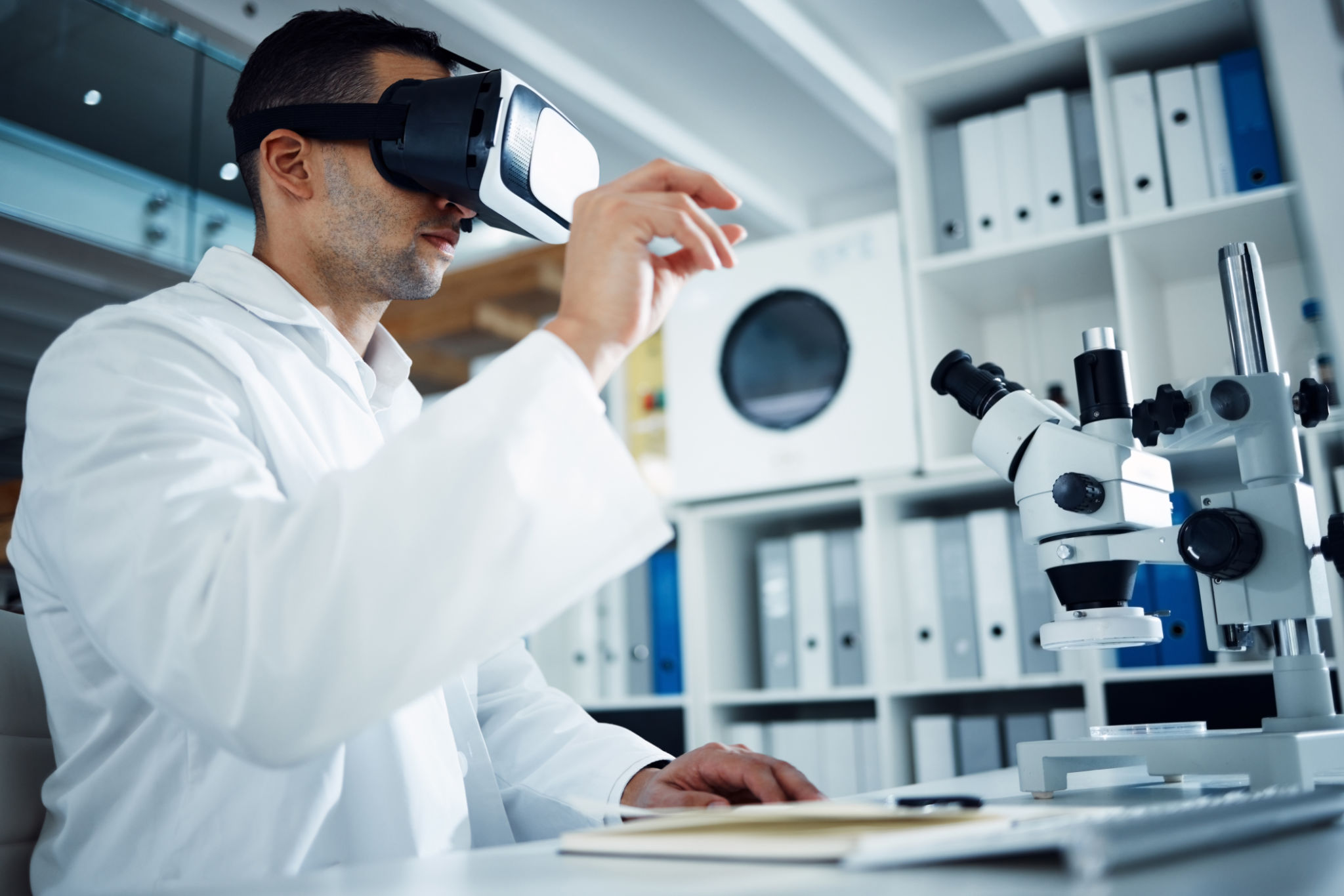Understanding the Latest Trends in Medical Equipment Validation
Introduction to Medical Equipment Validation
In the rapidly evolving world of healthcare, medical equipment validation has become a critical component in ensuring the safety and effectiveness of medical devices. This process involves a series of checks and balances that confirm whether a piece of equipment performs as intended and meets regulatory standards. Understanding the latest trends in this field is essential for manufacturers, healthcare providers, and regulatory bodies alike.
Validation is not just about ticking boxes; it's about creating a reliable and safe healthcare environment. With advancements in technology, the criteria and methods for validating medical equipment are constantly changing. Staying updated with these trends is crucial for compliance and innovation.

Regulatory Developments
One of the most significant trends in medical equipment validation is the increasing stringency of regulatory frameworks. Agencies like the FDA in the United States and the European Medicines Agency (EMA) are continually updating their guidelines to incorporate technological advancements. These updates ensure that new devices meet high safety and efficacy standards before they reach the market.
Manufacturers must be proactive in understanding these regulatory changes to avoid costly delays in product approval. It is essential to integrate regulatory considerations early in the design and development process to streamline validation efforts.
Emerging Technologies
Technology plays a pivotal role in shaping the future of medical equipment validation. Innovations like artificial intelligence (AI) and machine learning are transforming the way devices are tested and validated. These technologies offer more precise data analysis and can predict potential equipment failures before they occur.

Additionally, the Internet of Things (IoT) enables real-time monitoring of medical devices, providing continuous data that can be used for ongoing validation. This shift towards digital validation processes not only improves accuracy but also enhances the efficiency of validation workflows.
Risk-Based Validation Approaches
Another trend gaining traction is the adoption of risk-based validation approaches. Traditional methods often involved exhaustive testing on all devices, which can be time-consuming and costly. Risk-based validation focuses on assessing the potential impact of device failure and prioritizing testing efforts accordingly.
- This approach allows for more targeted resource allocation, ensuring that high-risk areas receive the most attention.
- It also aids in faster deployment of safe and effective medical equipment.

Sustainability and Environmental Considerations
The push for sustainability is influencing all industries, including medical equipment validation. There is a growing emphasis on environmentally friendly practices such as reducing waste during the validation process and ensuring that devices are energy-efficient.
Manufacturers are encouraged to consider the environmental impact of their products throughout their lifecycle, from design to disposal. This shift not only addresses regulatory requirements but also meets the increasing consumer demand for sustainable healthcare solutions.
Conclusion
The landscape of medical equipment validation is continuously evolving, driven by regulatory changes, technological advancements, risk-based approaches, and sustainability concerns. Keeping abreast of these trends is essential for ensuring compliance, safety, and innovation in the healthcare sector.
To stay ahead, it's crucial for stakeholders to invest in continuous learning and adapt their validation strategies to meet the demands of a dynamic industry. By doing so, they can contribute to a safer, more effective healthcare system for all.
